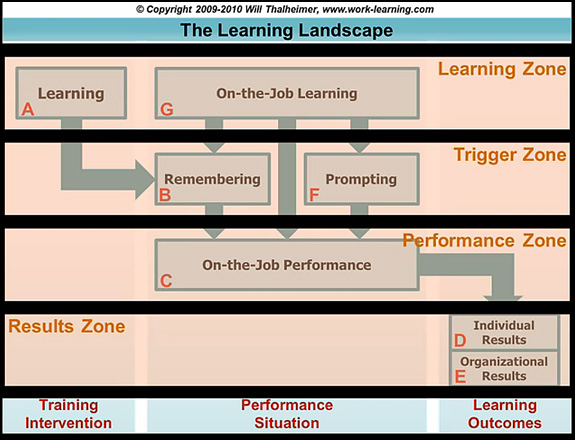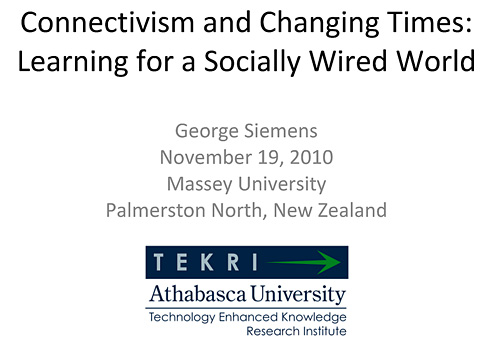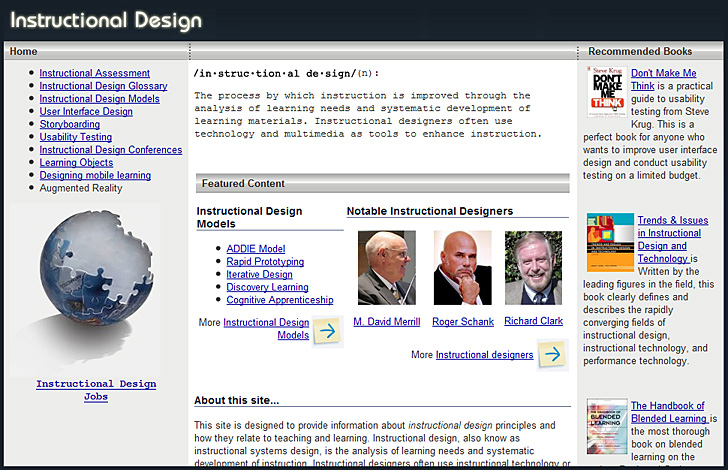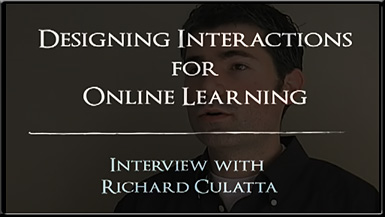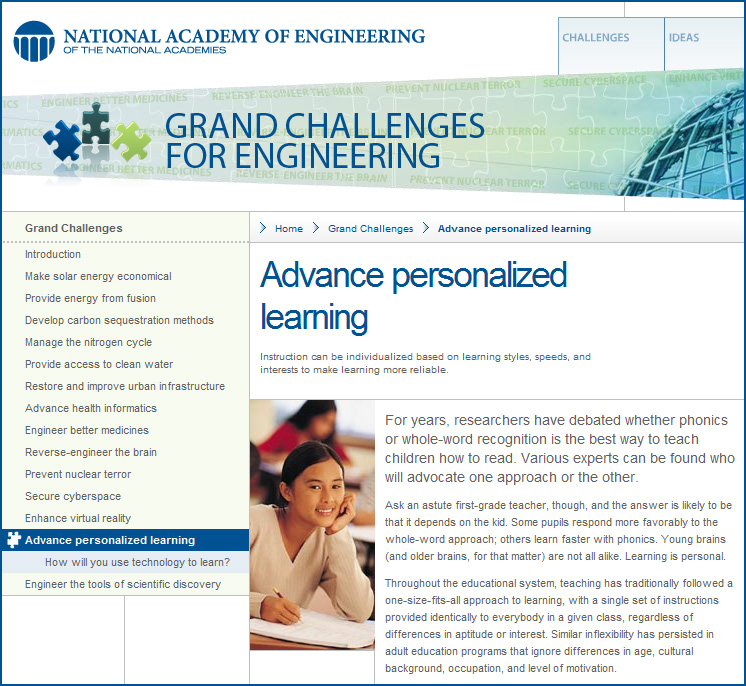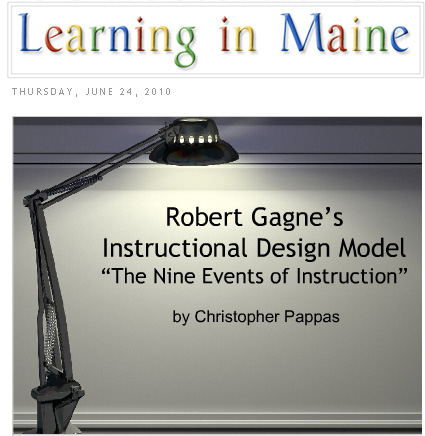Connectivism & Connective Knowledge in Action — from ZaidLearn
Learning Landscape Model Video — from Will Thalheimer
The Learning Landscape Model is:
…based on the fundamental cognitive architectures of learning, remembering, and prompting as three distinct cognitive operations, all of which are needed to maximize workplace learning-and-performance results. While previous models have often forgotten forgetting or forgotten prompting mechanisms (like job aids), the Learning Landscape is complete. Perhaps more importantly, it is actionable, for example, it can be utilized to have productive discussions between us as learning professionals and our business partners. Finally, the Learning Landscape Model can be used to improve learning measurement significantly over the 4-levels or roi models.
Check out the video of the Learning Landscape Model…
Questions I’m no longer asking — from elearnspace by George Siemens
Excerpt:
I’m firmly convinced of the following:
1. Learners should be in control of their own learning. Autonomy is key. Educators can initiate, curate, and guide. But meaningful learning requires learner-driven activity
2. Learners need to experience confusion and chaos in the learning process. Clarifying this chaos is the heart of learning.
3. Openness of content and interaction increases the prospect of the random connections that drive innovation
4. Learning requires time, depth of focus, critical thinking, and reflection. Ingesting new information requires time for digestion. Too many people digitally gorge without digestion time.
5. Learning is network formation. Knowledge is distributed.
6. Creation is vital. Learners have to create artifacts to share with others and to aid in re-centering exploration beyond the artifacts the educator has provided.
7. Making sense of complexity requires social and technological systems. We do the former better than the latter.
The Moodle Philosophy — from synergy-learning.com by Joel Kerr (emphasis below from DSC)
It is often said that Moodle is designed with pedagogy in mind. The developers are very transparent about the philosophy they use when making decisions about the direction of Moodle, a philosophy that focuses on what is best for the learner.
The design and development of Moodle is guided by a “Social Constructionist Pedagogy”, which can be explained in terms of four main related concepts: constructivism, constructionism, social constructivism, and connected and separate.
Apollo Group joins learning technology partnership with Stanford University — from businesswire.com
Partnership brings together academic researchers and select industry partners to study interactive communications and technology; Apollo Group’s Dr. Tracey Wilen-Daugenti to serve as visiting scholar
Through the partnership, Apollo Group and Dr. Wilen-Daugenti will work with Stanford University faculty and researchers studying basic issues about the design and use of modern technologies and their impact on today’s learner. Apollo Group will also participate with Stanford faculty members and graduate students to explore the role technology can play in higher education organizations, with a specialization in distance learning.
“Technology today is changing at an extremely fast pace, which impacts both enterprise and educational institutions, requiring them to keep up with the latest trends,” said Dr. Wilen-Daugenti. “Students are increasingly exposed to the latest technology in their lives, and seek access to it in their work and education environments. Through this partnership and visiting scholar program, we hope to address this issue and find ways for higher learning institutions to more readily use technology to address the needs of today’s students.”
How to integrate multimedia for effective learning — from theelearningcoach.com
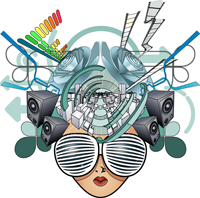
.
Integrating the multimedia assets of a course can raise a host of issues. In my world, this can be as simple as explaining to a client why screens of text with an out-of-sync voice over will not be effective—to more complex issues, such as determining whether an animation will promote greater comprehension than a series of stills.
Although we know it can be advantageous to present content through multiple forms of media, the big question is how to integrate the mediums.
When deciding on these issues, I use two principles from cognitive science as guidelines that I think you’ll find helpful too. One is known as the Split-attention Effect and the other is the Redundancy Principle. Both principles are important.
Also see:
Related Articles:
Using Graphics To Improve Learning
Learning Theory And Multimedia
Book Recommendation:
Multimedia Learning by Richard E. Mayer

.


.
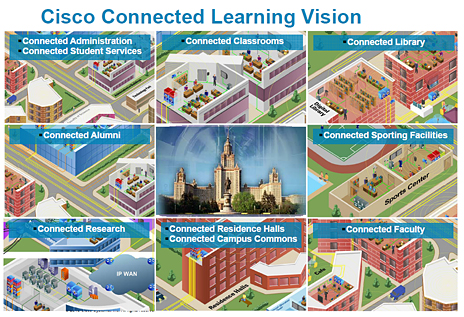
.
.
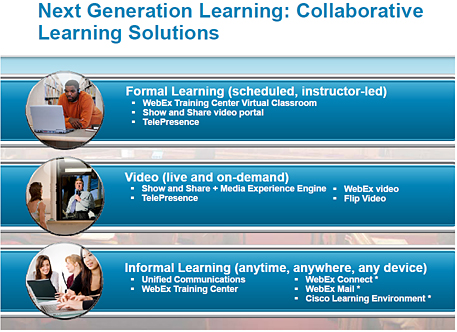
.
. .
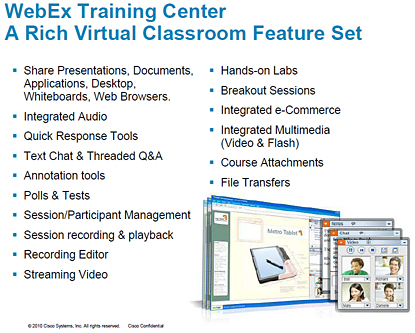
Differentiating learning by ‘learning style’ might not be so wise — from Clayton Christensen
First, some quotes from Clayton:
A study commissioned by Psychological Science in the Public Interest called “Learning Styles: Concepts and Evidence,” by Harold Pashler, Mark McDaniel, Doug Rohrer, and Robert Bjork, finds convincingly that, at this point, there is no evidence that teaching to different learning styles—specifically meaning to a student’s apparent preferred modality such as visual or auditory—works. The authors therefore conclude that using scarce school funds toward doing just this doesn’t make sense.
Of course, there appears to still be some disagreement. According to a March 25, 2009 article in The Journal of Neuroscience titled “The Neural Correlates of Visual and Verbal Cognitive Styles” by David J.M. Kraemer, Lauren M. Rosenberg, and Sharon L. Thompson-Schill, there is some evidence that teaching by learning style could make a difference.
Moving outside of this particular debate, this doesn’t change the fundamental point that people learn differently. People don’t disagree with this. There is clear evidence that that people learn at different paces. Some people understand a concept quickly. Others struggle with it for some time before they understand it. We know that explaining a concept one way works well for some people, and explaining it another way works for others whereas it baffles the first group. We also know that this can differ from person to person depending on subject area. One of the key reasons online learning seems to be better on average than face-to-face learning is because time can become variable in an online learning environment so that students can repeat units and lectures until they master a concept and only then move on to the next concept.
From DSC:
What’s the best way(s) to apply all of this? What makes the most sense in how we operationalize the delivery of our content? In my studies on instructional design, there are so many theories and so much disagreement as to how people learn. If you ask for consensus, you won’t get it. So my conclusion is this:
Provide the same content in as many different ways as you possibly can afford to provide. Let the students choose which item(s) work best for them and connect with them. If one way doesn’t connect, perhaps another one will.
Also…yes, we can probably all learn from just text if we have to. But was learning fun that way? Was it engaging? Was it the most effective it could have been? Was learning maximized for the long-haul? Would it have been helpful to see the same content in a graphic, simulation, animation, or in a video?









